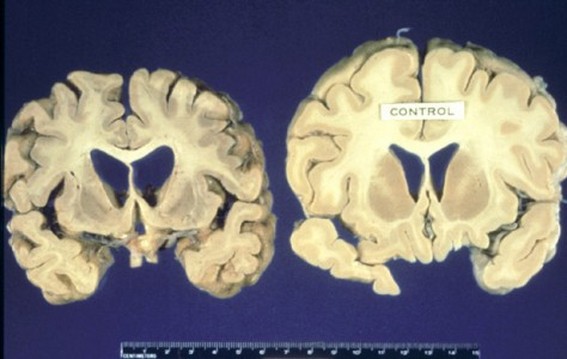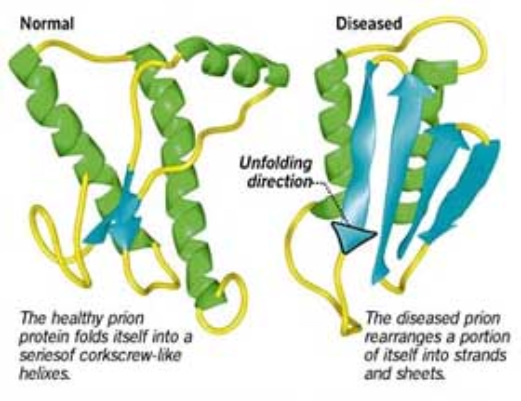Effects of Mad Cow Disease
"Variant Creutzfeldt-Jakob disease (vCJD) is the "mad cow" disease that people contract when they are exposed to food contaminated with bovine spongiform encephalopathy (BSE)." Mad cow disease is incurable and it affects the cows nervous system. Mad cow disease also effects other animals such as goats and sheep.It's called mad cow disease because it affects a cow's nervous system, causing a cow to act strangely and lose control of its ability to do normal things, such as walk.
Only certain animals can get BSE. People with the disease gradually lose control of their mental and physical capabilities. To date, very few people have been diagnosed with vCJD. By October 2009, only 217 cases of this rare condition had been reported worldwide. Of these, most were identified in Britain. Several of the people diagnosed with the disease outside Britain — including two cases in the United States — had a history of exposure in Britain. Experts believe that the people got vCJD after eating beef products from cows that had BSE. Because vCJD is relatively new and extremely rare, experts are still learning about it. However, researchers believe that the disease is not contagious among people. In other words, you cannot get vCJD from someone else who has it. At present, it appears that the main way people get the disease is from eating contaminated meat.
"There is not, as yet, a definitive medical test for diagnosing Creutzfeldt-Jakob disease. Since the disease is rare, some physicians might not even consider it as a diagnosis, and might mistake the symptoms for other brain disorders such as Alzheimer's. Scientists suggest that new, sophisticated laboratory testing will in the future be able to detect the prions in an infected person's blood or tissues." To avoid mad cow disease the government removes the parts of the cow that are at highest risk of containing BSE-causing proteins ,the brain and spinal cord, to reduce the chances of them contaminating the meat people eat. In 2009, the U.S. Food and Drug Administration (FDA) put into place additional safeguards to help protect consumers from BSE. These prohibit the use of any high-risk cattle materials in the feed of any animal. In this way, the FDA continues to decrease the already tiny possibility of infection with BSE. There is also a system in place to test samples of animals regularly.
"There is not, as yet, a definitive medical test for diagnosing Creutzfeldt-Jakob disease. Since the disease is rare, some physicians might not even consider it as a diagnosis, and might mistake the symptoms for other brain disorders such as Alzheimer's. Scientists suggest that new, sophisticated laboratory testing will in the future be able to detect the prions in an infected person's blood or tissues." To avoid mad cow disease the government removes the parts of the cow that are at highest risk of containing BSE-causing proteins ,the brain and spinal cord, to reduce the chances of them contaminating the meat people eat. In 2009, the U.S. Food and Drug Administration (FDA) put into place additional safeguards to help protect consumers from BSE. These prohibit the use of any high-risk cattle materials in the feed of any animal. In this way, the FDA continues to decrease the already tiny possibility of infection with BSE. There is also a system in place to test samples of animals regularly.
http://www.youtube.com/watch?v=H2Ouxl_GNjA&playnext=1&list=PL740DAD97362542C4


